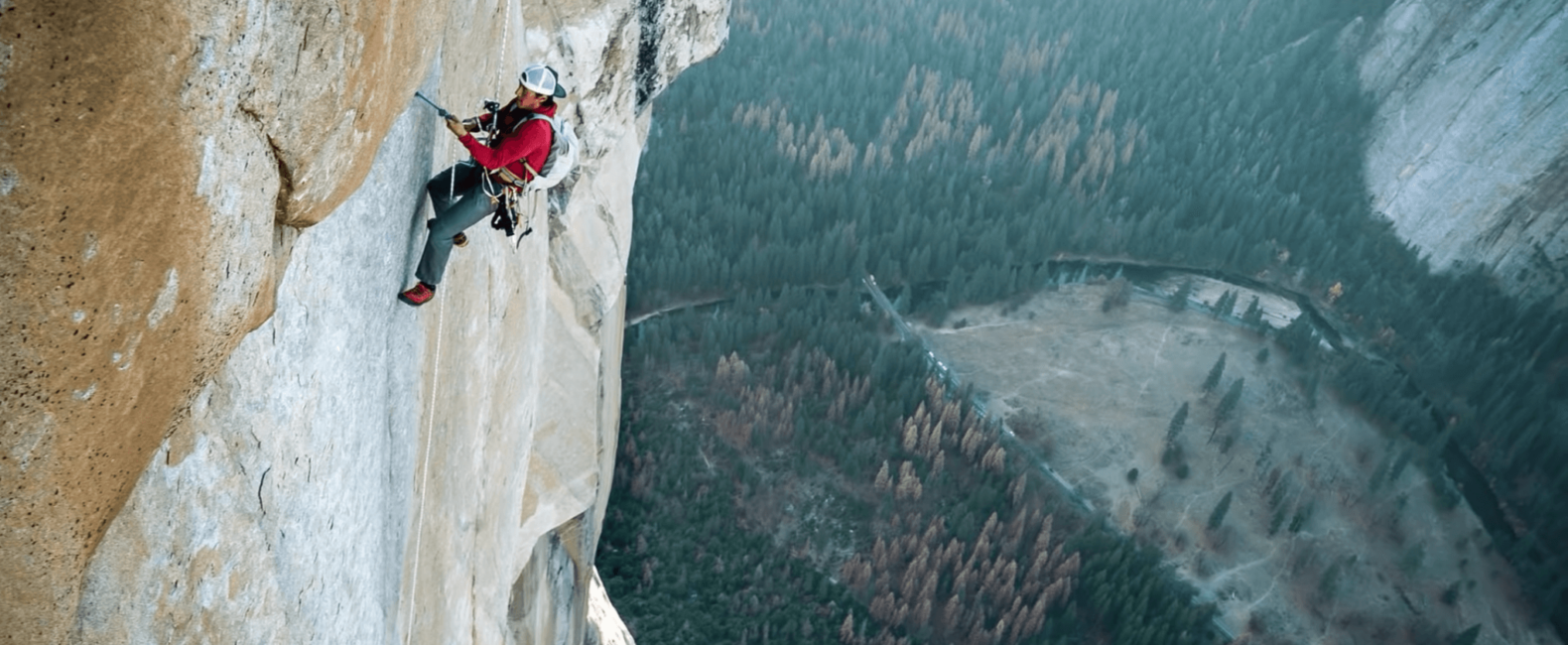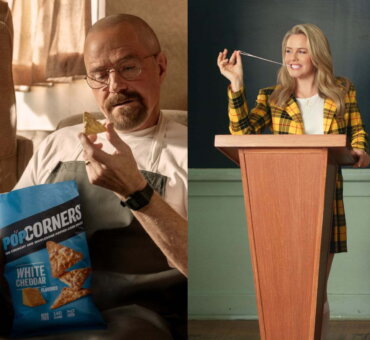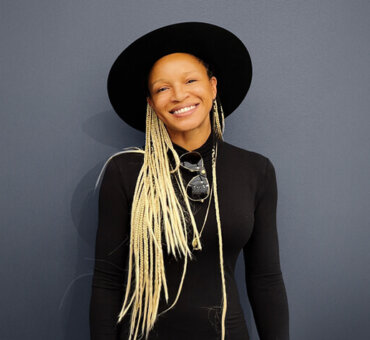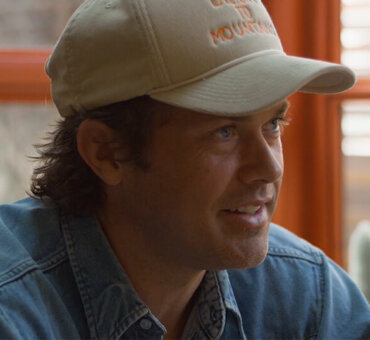When you’re watching a piece of branded content, there’s a reason most of them end with a blue-chip logo. Producing a film for any brand involves many unknowns, the biggest of which is what it will actually do to benefit the company. As one of the riskiest forms of advertising, it helps to be holding all the cards when you go for it—especially if your project is as unique as these six examples.
When we were compiling our list of unique branded content, we kept on coming back to your big hitters. Nike. Apple. BMW. But, just because they have the resources to throw into a film doesn’t mean these examples don’t have applications for brands of all levels.
So, looking back through the history of branded content, we picked out six that stood out in their own unique way. Of course, there are far too many great examples to list in one post, but here are some pivotal moments in branded content history.
Apple | 1984
You can’t really talk about branded content without talking about Apple’s 1984. This moody (and incredibly ’80s) short was groundbreaking at the time because it didn’t really showcase Apple’s product at all (read more about that here). In fact, you could say that Ridley Scott, who was tapped to direct the film, maybe brought more clout to the project than Apple ever could—at least up until this point. Everything changed after. 1984 is an excellent example of a young, hungry brand making the most of its moment with no concern for the consequences (legal or otherwise). Apple leaned on their values and brand identity to make it work—and it’s still paying off.
BMW | The Hire
Fast-forward a decade or two, and you’re at the dawn of the internet era. The digital revolution is beginning to take off, and many brands don’t really know what to do with it—except for BMW, evidently. They saw an opportunity for a new medium and dove in headfirst with The Hire, a series of short films released as an internet-only exclusive. This is more the norm these days, but at the time it was unheard of.
And, when we say “dove in headfirst,” we’re not kidding. BMW hired some of the biggest names in the industry to produce these films, including Clive Owen, Ang Lee, Guy Ritchie, Madonna, Forest Whitaker, and many more. Beyond taking home awards at the Clios, The One Show, and even Cannes, The company’s sales jumped 11 percent when the films were released. The series was viewed more than 11 million times in just four months—a strong impression for any era of the internet.
Nike | Leave Nothing
While it’s a much smaller project than BMW’s, Nike’s Leave Nothing ad blurred the lines between branded content and advertising in one key way—the director. In days past, directors were traditionally hesitant to step into the advertising realm, particularly if it wasn’t a short film. When Nike hired Michael Mann to direct this spot, it was a beautiful move.
They wanted a battlefield-esque portrayal of the football field, almost like a scene from The Last of the Mohicans. So, they hired the director of The Last of the Mohicans. In retrospect, it makes a lot of sense. And, because they thought outside the box to achieve their creative goals, they reinvented the medium at the same time.
Dove | Real Beauty Sketches
It’s almost not worth putting Dove’s Real Beauty Sketches on this list because anyone in the advertising world has been trying to replicate it for years. But it’s because this short film is so genius. Dove was in a period of intense transition as a brand, and it was beginning to take ownership of its place in the market—both as a company that established unattainable beauty standards and a company that was trying to break them down.
This short film was the perfect way to plant their flag in a new era. Soap isn’t exactly the most moving of products, so the iconic (and some would say outdated, up to this point) brand redefined itself in an unforgettable way—to focus on values over products. We’ve all seen this short a million times, but we’re guessing you’re down to watch it one more time. It’s that good.
YETI | Sandbagging Jimmy Chin (And Pretty Much Everything Else)
Someone at YETI had a hell of a lot of foresight a few years back—not to mention guts. On paper, it seems insane to pour countless amounts of time, energy, and money into creating a lifestyle brand around coolers. But they’ve done just that through their branded content.
Essentially, they’ve taken the Dove model and kicked it up to 11. They’ve led with brand values and identity from the get-go, under the assumption that if they could prove they have something in common with their target audience, sales would follow. It’s been working time and again with short films like Sandbagging Jimmy Chin and dozens of others. This cooler company has made nearly every retail outlet worldwide rethink its approach to branding and selling.
Red Bull | The Art of Flight
If YETI built its cooler empire on shared experience and values, Red Bull took an even bolder approach. The energy drink company has built its brand almost solely on aspirations, the fact that every little kid (and adult, probably) wants to grow up to be Travis Rice—or any of the athletes on The Art of Flight, for that matter.
This film did a beautiful job of connecting with an extremely niche audience through credibility—it’s safe to say no one in the extreme sports community has much against Red Bull. But, through that credibility and connection, they made the greater population want to associate with the logo and the lifestyle. Ever since The Art of Flight was released, drinking a Red Bull has been more of a statement than a choice. If there’s a Mount Olympus of branded content, Red Bull is hucking backflips off the top.
As we said, this is only the tip of the iceberg when it comes to unique branded content. For more brilliant ad work, read about Five Ads That Use Visual Effects to Tell Unforgettable Stories.






